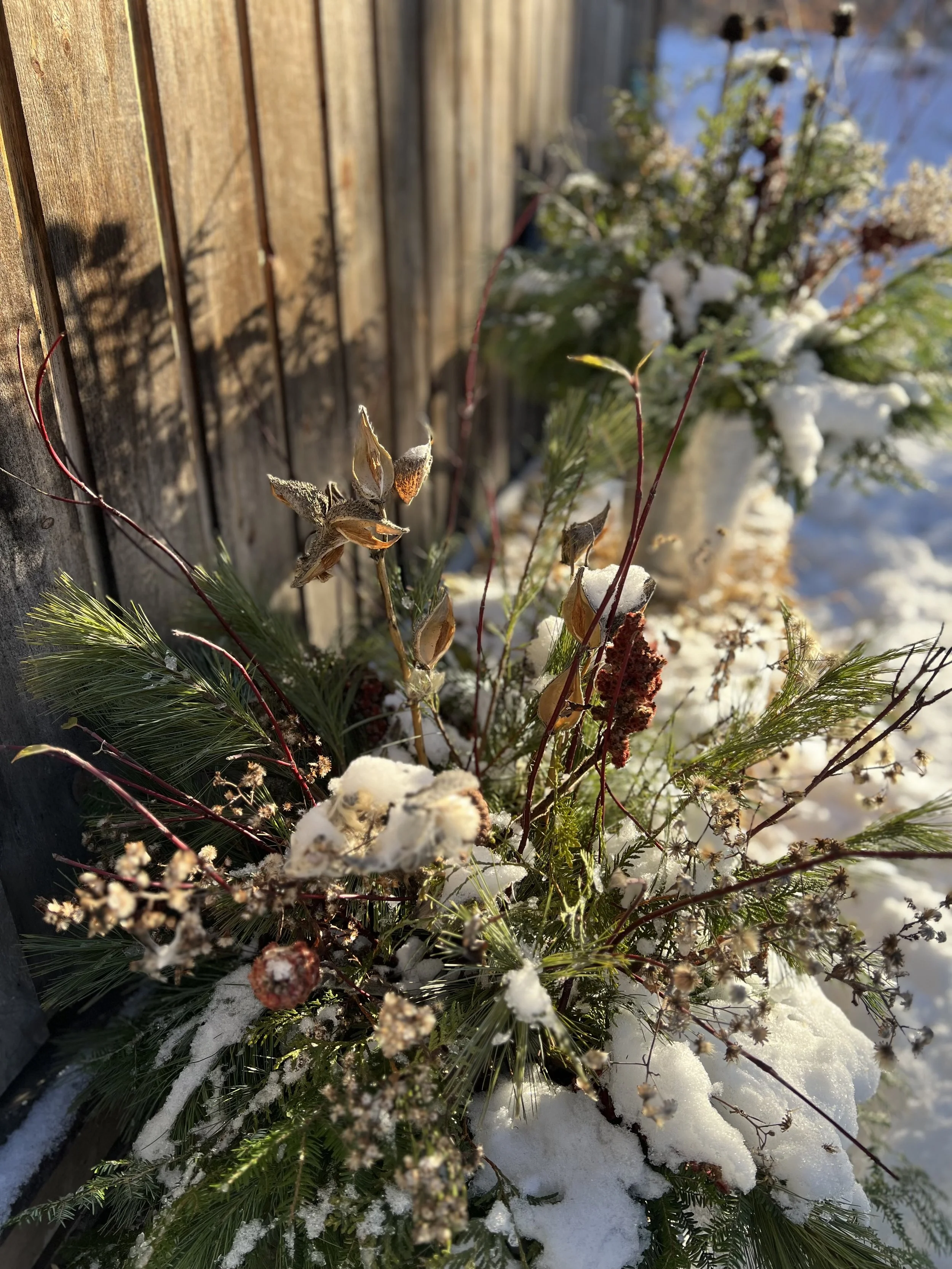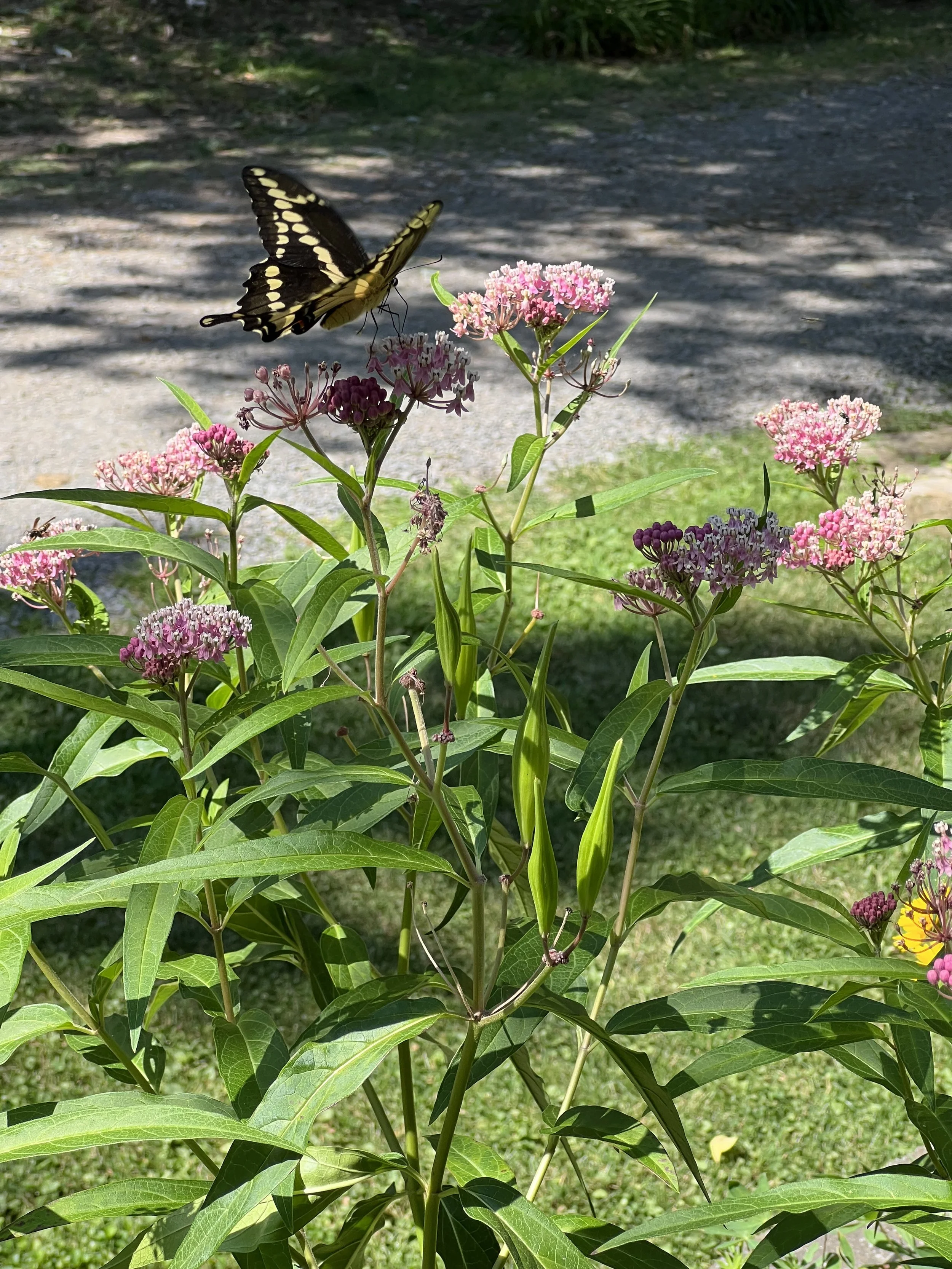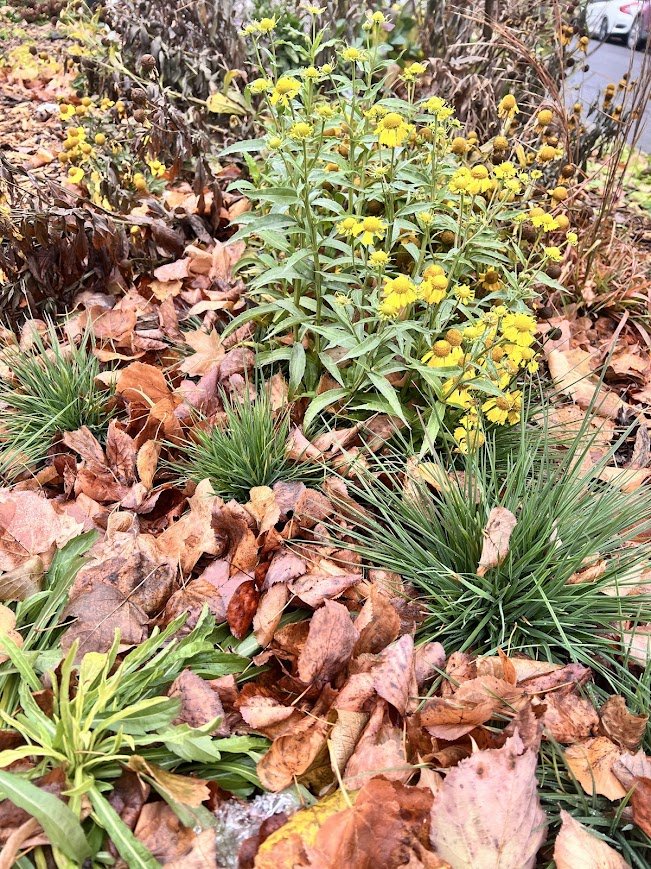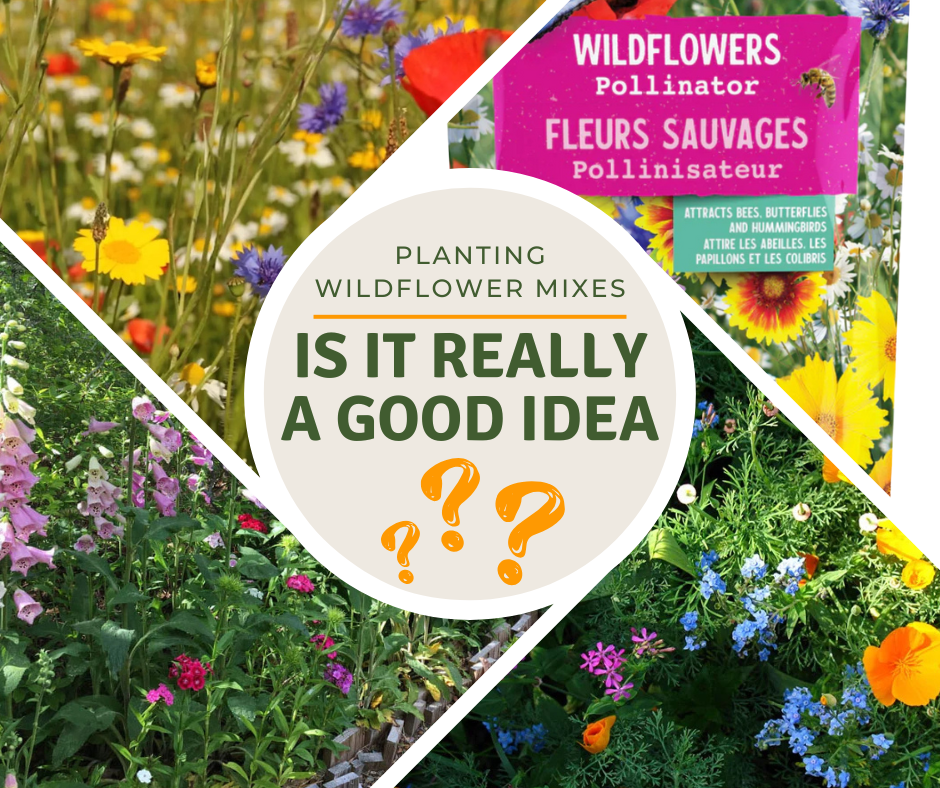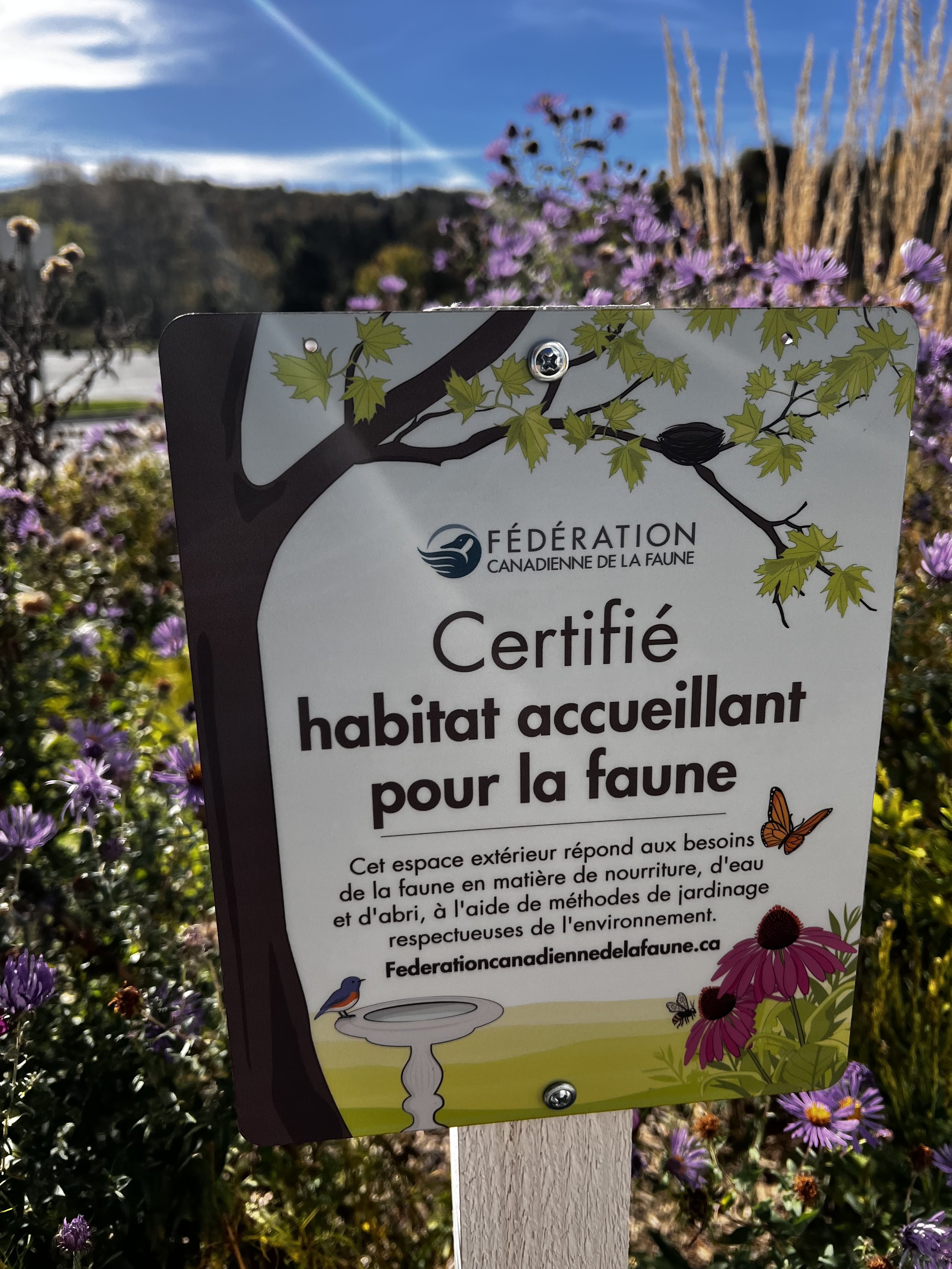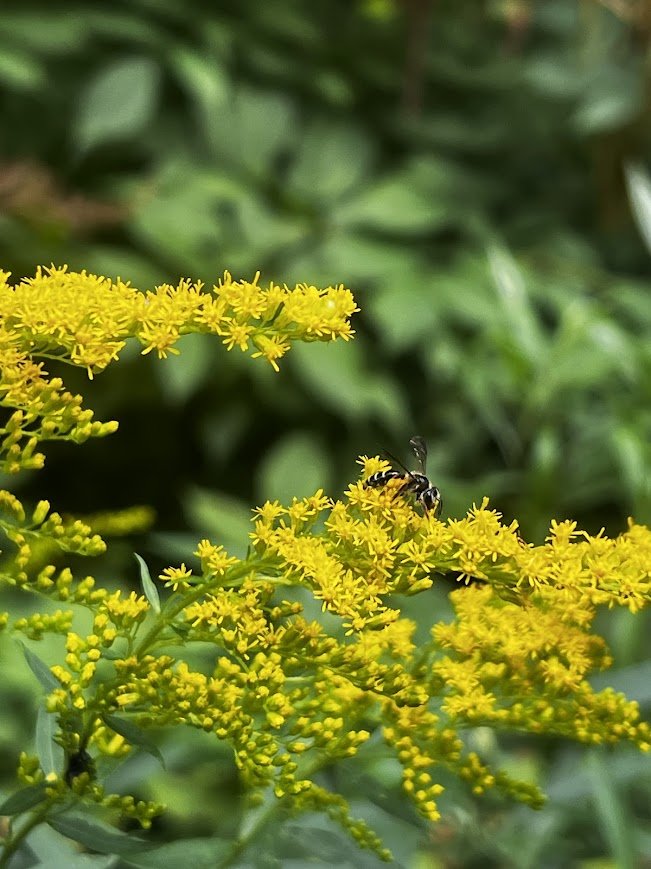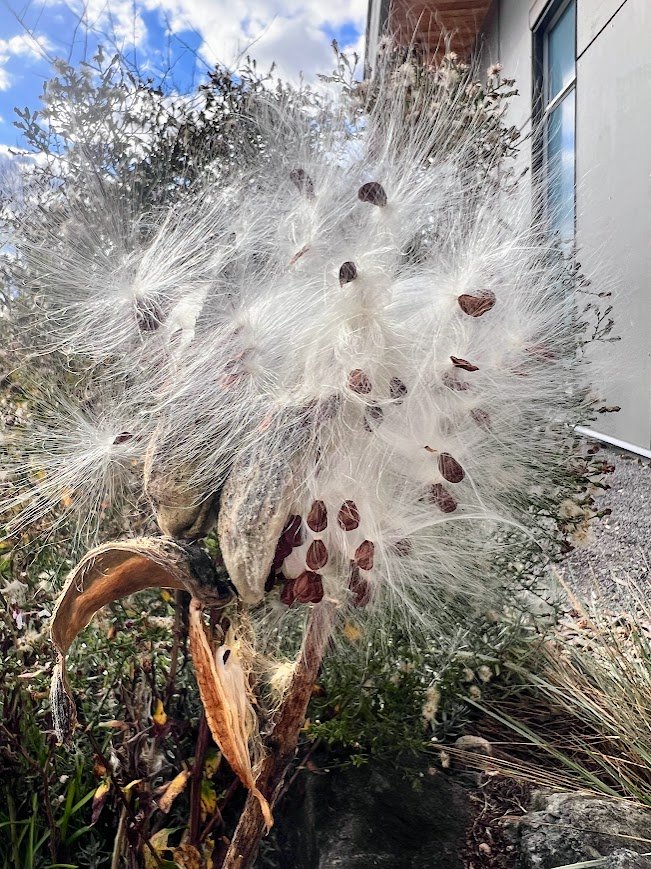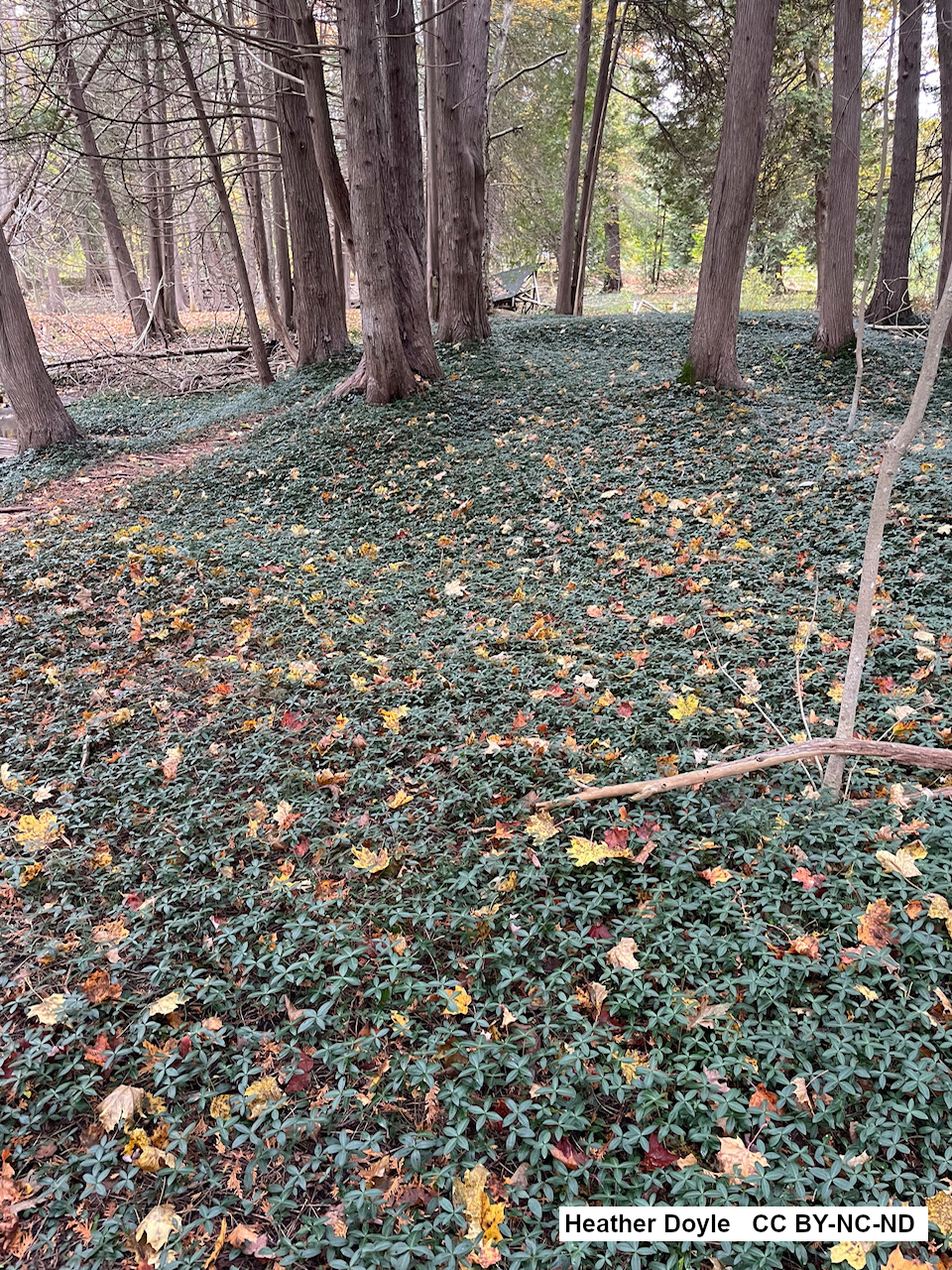What to watch out for in your winter decorations
Outdoor winter decorations can brighten the long non-gardening months, but many are made with materials that aren’t great for wildlife or our ecosystems. Here’s what to avoid, and what to use instead.
How to stop the burning bush in your yard from destroying forests
Burning bush is a popular garden shrub that has become an invasive species across much of eastern North America. Learn how to properly remove the burning bush in your yard, and discover beautiful native alternatives that support, rather than harm, local ecosystems and wildlife.
Native Plant Nursery
As awareness grows about the ecological harm caused by many non-native plants in the horticulture industry, demand for native plants has never been higher. We’ve launched a small native plant nursery to help meet the growing demand and support biodiversity in our region.
Biodiversity Killers - Episode 1: European Buckthorn
Invasive plants are wreaking havoc all over the world; disrupting ecosystems and reducing biodiversity. Let's look into the issues of European buckthorn and some recommended management strategies.
Should I add mulch to my garden?
When using the right materials at the right time, mulch can save you both effort and money when it comes to maintaining your landscape.
Good intentions, harmful impacts - the dangers of wildflower seed mixes
Wildflower doesn't necessarily mean native flower. Find out what's in your seed packet before unintentionally planting problems.
Boost your land’s ecological value with a personalized consultation
Take a sneak peak into how others are finding ways to improve their land's ecological integrity.
How to Create a Homegrown National Park in Your Backyard!
What if the key to preserving biodiversity was in our own backyards?
Good things happened in 2024!
Restorationists, conservationists and volunteers have been hard at work, restoring biodiversity and fighting against invasive species. Here are a few highlights of the good work done!
Where do they go in the winter?
Winter is a time of incredible adaptation - from luna moths that wrap their cocoons in leaves, to frogs that freeze and thaw, animals have unique ways of surviving the cold.
Should I cut back and rake my fall garden?
As summer fades into autumn, the leaves begin to fall and many plants begin to fade. Embrace the natural beauty of the landscape and put your rake and secateurs away!
How do rain gardens help reduce flooding and pollution of waterways?
Rain gardens are a fantastic way to enhance your landscape while supporting the environment. They are designed to collect and absorb rainwater runoff from roofs, driveways and other impermeable surfaces, reducing the impact on local waterways, preventing erosion and reducing the risk of flooding.
What are invasive plants, and what do I do if I have any?
Invasive species are one of the leading threats to the world’s biodiversity. Many can be found in our own yards. How can we identify them and what should we do when we find them?
How do I implement ecological landscaping practices on my property?
What exactly constitutes ecological landscaping, and why is it crucial to change the way we've been managing our home landscapes?
Do my favourite garden plants have an ecological purpose?
We love our gardens. We love to personalize our outdoor spaces with artistic originality, with plants from our grandmothers, sisters, friends…plants we’ve loved since childhood. But do these beloved friends have an ecological purpose? We’re finding out that some do, but some are harmful, and some are just not very helpful.

